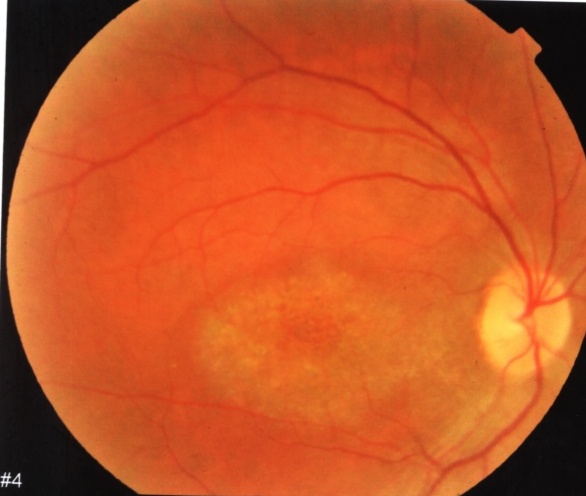Purpose: to identify risk factors and demographics of patients suffering from hydroxychloroquine (HCQ) retinopathy in a cohort from upper Egypt.
Design: observational study
Setting: Sohag university hospital, Egypt.
Patients and methods: the medical records of the rheumatology department were retrospectively reviewed to identify patients who stopped taking HCQ due to its induced visual troubles. Ten patients were identified and were subjected to complete ophthalmological examination in addition to automated perimetry and optical coherence tomography of the macula.
Results: All patients (nine females and one male) had received HCQ 200 mg twice daily for years. The mean age was 59.1 years, mean real weight was 83.3 kg, mean height was 1.63 meter, mean ideal body weight was 56.72 kg and the mean daily dose/Kg of ideal weigt was 7.14 mg/kg/day while the mean daily dose /kg of real weight was 4.85 mg/kg/day.
Conclusion: Calculation of HCQ dose according to the ideal weight is a better predector of retinal toxicity than real body weight.


